Do you feel ready for a new roof? Looking for the best roofing material to use? If you have durability in mind, you’re definitely thinking about installing tiles. Different types of tile roofs have different benefits and drawbacks, and the type of tile roof that is best for you will depend on your specific needs and preferences.
The Roof Doctor has been helping communities in all things roofing related, including the installation of roof tiles, since 1987. At the end of this article, you will be familiar with the definition of a tile roof, the different kinds of tile roofs, and the three most important facts about these roofs.
What is a tile roof?
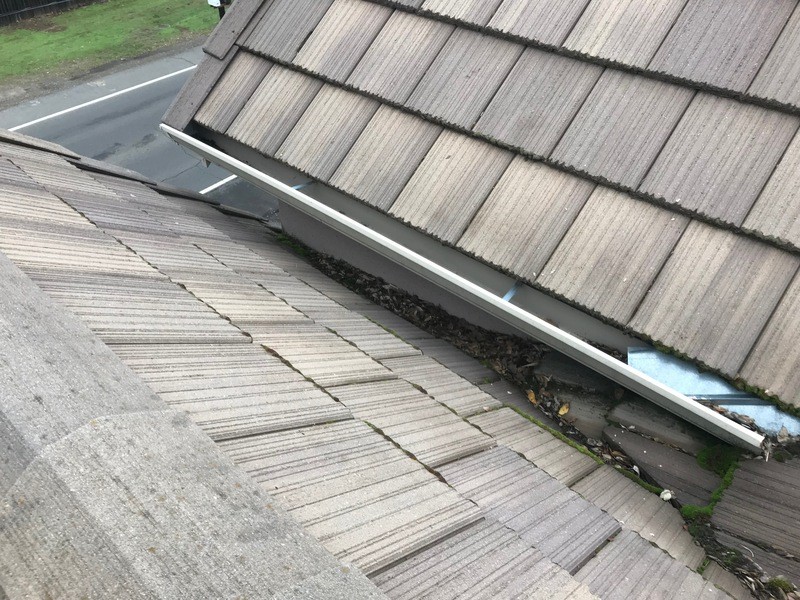
A tile roof is a type of roofing material made from individual tiles arranged in a pattern on the roof and used to protect a building from the elements, including rain, snow, and wind. Tile roofs have been used for centuries and can be found on a variety of building types, including homes, churches, and public buildings.
When it comes to roofing, tile roofs are renowned for their durability, longevity, and ability to withstand extreme weather conditions. So, if you’re considering installing a tile roof, here are three essential things you need to know to get you started.
1. The different types of tile roofs.
There are several types of tile roofs, each with its own set of advantages and disadvantages. Some common types of tile roofs include
Clay tile roofs
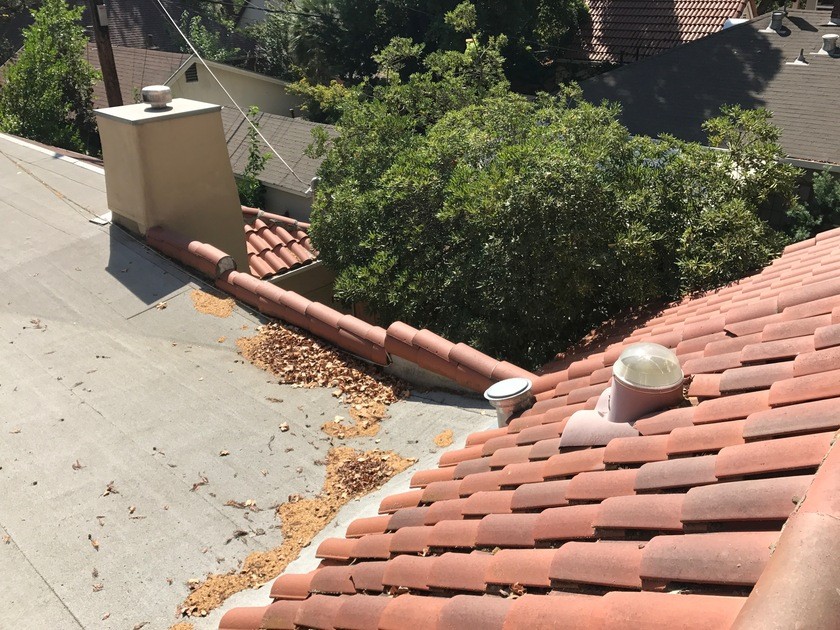
Clay tile roofs are made from fired clay and are popular for their durability and natural appearance. They are resistant to weathering, rot, and insect damage and can last for decades with proper maintenance.
Clay tile roofs are also relatively lightweight, making them suitable for various building types. There are several types of clay tile roofs, each with its own unique features and benefits. Some common types include:
• Interlocking clay tiles: These tiles have a shape that allows them to be easily interlocked, creating a secure and durable roof. Interlocking clay tiles are popular for their simplicity and ease of installation.
• Flat clay tiles: Flat clay tiles have a flat, rectangular shape and are often used on pitched roofs. They are a durable and cost-effective option and are available in a range of colors and styles.
• S-shaped clay tiles: S-shaped clay tiles have a curved shape that allows them to be easily overlapped, creating a seamless and watertight roof. They are a more expensive option but are known for their durability and attractive appearance.
• Barrel clay tiles: Barrel clay tiles have a rounded, cylindrical shape and are often used on roofs with a Spanish or Mediterranean aesthetic. They are a more expensive option but are known for their unique appearance and durability.
Concrete tile roofs
Concrete tile roofs are made from a mixture of cement, sand, and water. They are more affordable than clay tile roofs and resistant to weathering and decay. Additionally, concrete tile roofs are available in a range of colors and styles, making them a versatile choice.
There are several types of concrete tile roofs, each with its own unique features and benefits. Some common types include
• Flat concrete tiles: Typically used on pitched roofs, flat concrete tiles have a rectangular shape and are flat on one side. They come in a number of different hues and designs, and they are long-lasting and inexpensive.
• S-shaped concrete tiles: Rectangular, one-sided concrete tiles with a flat surface are commonly used on sloped roofs. Moreover, they are durable, reasonably priced, and available in a wide range of styles, colors, and patterns.
• Barrel concrete tiles: Barrell concrete tiles are typically found on Spanish and Mediterranean-styled roofs due to their rounded, cylindrical shape. They are more costly but well worth it because of their one-of-a-kind style and long lifespan.
• Decorative concrete tiles: Decorative concrete tiles are designed with patterns, textures, or shapes to add interest and character to a building’s exterior. They are a more expensive option but can add value and appeal to a building.
Slate tile roofs
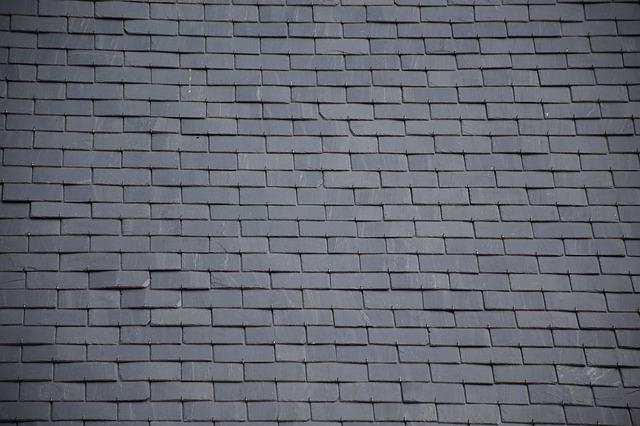
These are a type of roofing material made from natural slate, a type of metamorphic rock. Ancient civilizations, including the Romans and Greeks, used them.
There are several types of slate tile roofs, each with its own unique features and benefits. Some common types include
• Unfading slate tiles: Unfading slate tiles are made from high-quality slate that does not fade over time. They are a more expensive option but are known for their durability and attractive appearance.
• Thin slate tiles: Thin slate tiles are made from thinner layers of slate and are a more cost-effective option than unfading slate tiles. They are still durable but may not have the same lifespan as unfading slate tiles.
• Hand-split slate tiles: Hand-split slate tiles are made by splitting natural slate by hand, giving them a rustic, natural appearance. They are a more expensive option but are known for their unique appearance and durability.
• Machine-cut slate tiles: Machine-cut slate tiles are made by cutting natural slate with a machine, resulting in a smoother and more precise finish. They are a more cost-effective option than hand-split slate tiles and are still durable.
2. Tile roofs require minimal maintenance and can last for decades with proper care.
Due to their durability and aesthetic appeal, tile roofs are a popular choice. However, like any roofing material, they do require some regular maintenance to ensure they remain in good condition.
The type of tiles and environment determine the frequency and type of tile roof maintenance. Clay tile roofs in dry climates may need less care than concrete tile roofs in humid climates.
How to maintain tile roofs
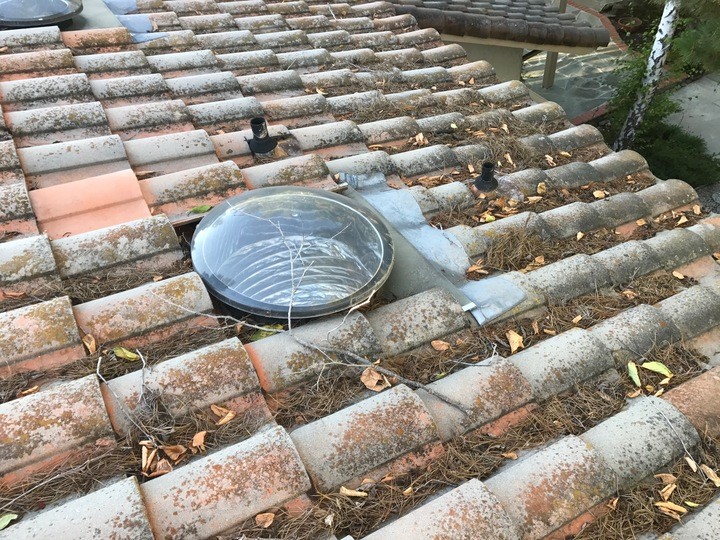
Here are some tips for maintaining a tile roof:
- Inspect the roof regularly for any visible damage or wear. Furthermore, look for cracked, broken, or missing tiles, as well as any loose or lifted tiles.
- Keep the roof clean by removing any debris, leaves, or branches that may have accumulated.
- Trim any trees or plants growing too close to the roof to prevent tile damage.
- Repair any damaged tiles as soon as possible to prevent further damage to the roof.
- To prevent significant difficulties, have an expert evaluate the roof every few years or annually.
- To prevent algae and moss growth on your roof, use a roof-cleaning product. Use cleaning products on your roof according to the directions.
- Check the flashing and seals around roof vents, chimneys, and other penetrations for damage and appropriate sealing. If you notice any damage or wear, have them repaired or replaced as needed.
- Clean your roof’s gutter system periodically to avoid water damage.
- Roofing problems, such as leaks or water damage, should be addressed without delay to prevent additional expenditures and structural problems.
You can extend the life of your tile roof by following these maintenance guidelines. Hire a professional roofer to examine and maintain your roof if you’re not comfortable doing it.
3. Tile roofs are environmentally friendly.
Tile roofs can be considered environmentally friendly in several ways. One of the main environmental benefits of tile roofs is their durability and long lifespan.
Tile roofs can last 50 years or more, requiring less replacement than other roofs. Consequently, this helps to reduce the amount of waste that is generated and the demand for new building materials.
Tile roofs are also made from natural, abundant materials like clay or concrete, which are widely available and can be manufactured with relatively low energy inputs. Clay tiles, for example, are constructed from natural, renewable resources using centuries-old techniques.
Tile roofs reflect sunlight and regulate building temperature, making them energy-efficient. This saves energy and reduces greenhouse gas emissions by lowering building heating and cooling.
In addition, tile roofs are often recycled or reused when they are replaced, further reducing their environmental impact.
How much do tile roofs cost?
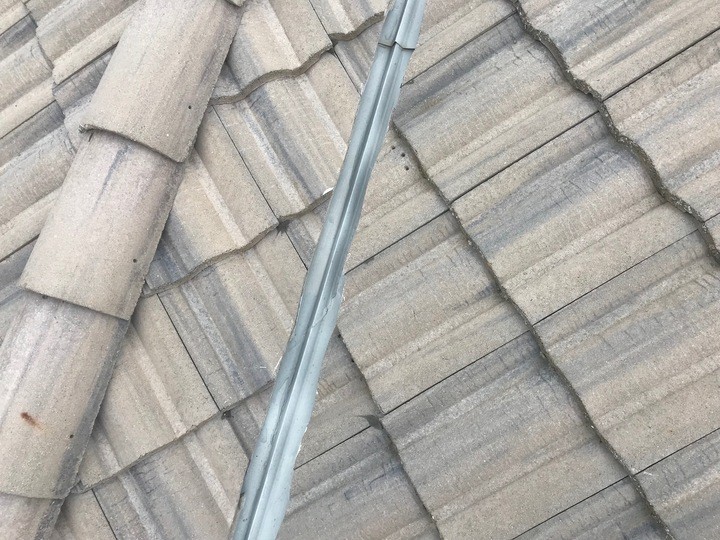
| Type CostClay tiles$8.00 – 15.00 per square foot Concrete tiles$4.00 – $7.00 per square foot Slate tiles $3.00 – $5.00 per square foot Cost of tile roofs
The cost of installing a tile roof depends on the tile material, roof area, roof slope, and installation complexity. The type of tile is one of the main factors that will affect the cost of a tile roof. There are several types of tiles to choose from, including clay, concrete, and slate.
The size of the roof is another factor that will affect the cost of a tile roof. For example, the larger the roof, the more tiles will be needed, which will increase the overall cost. The pitch of the roof is also important, as steeper roofs will require more tiles to cover the same area. This can add to the cost of the roof, as tiles need to be cut and shaped to fit on a steep roof. The complexity of the installation will also affect the cost of a tile roof. Simple installations with one layer of tiles and a plain roof design cost less than complex ones with multiple layers. ConclusionDepending on the parameters above, a tile roof can cost $300 to $1,500 per square. A typical 2,000-square-foot roof can translate to a cost of $6,000 to $30,000. This is a rough estimate, as your project’s details will determine the pricing. Get quotations from various companies to get an accurate estimate for your tile roof. Budgeting for a tile roof involves more than just tiles and labor. These include permit fees, old roof removal and disposal, and installation materials and accessories. Budgeting for a tile roof should include these additional costs to achieve a reasonable estimate. Related ArticlesRoof Repair or ReplacementNeed help with your roof but not sure if you need Roof Repair or Replacement? Read our piece on the pros and cons to get started. |


